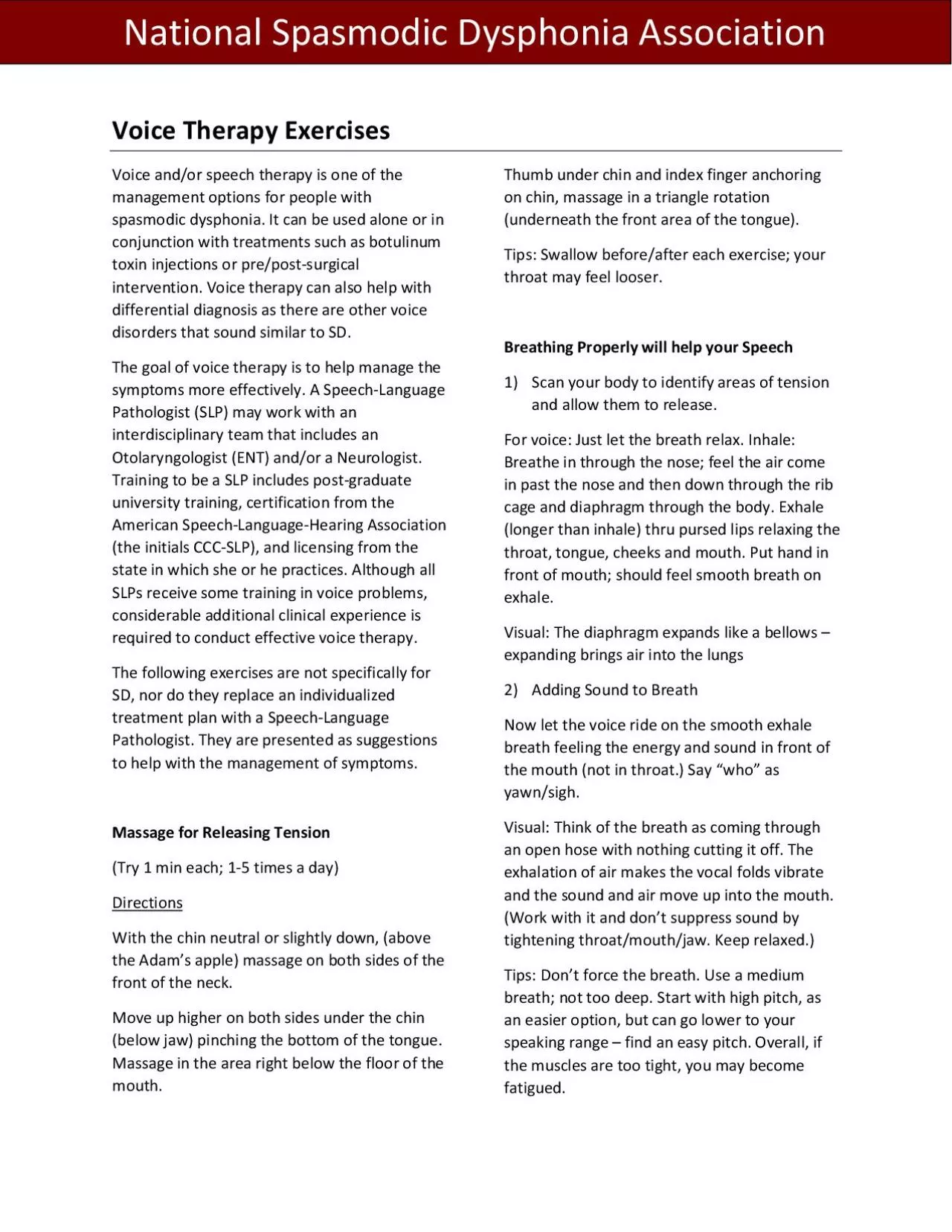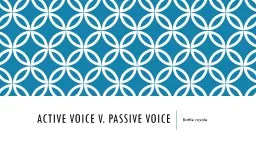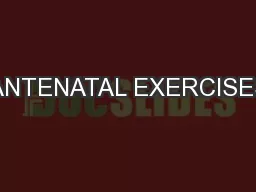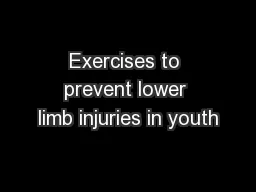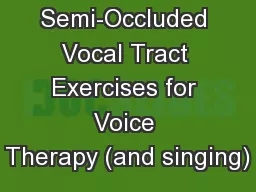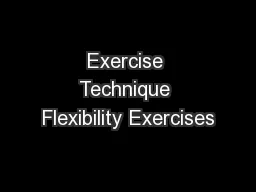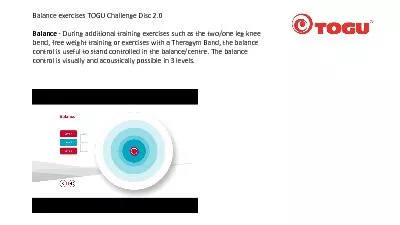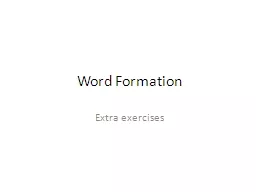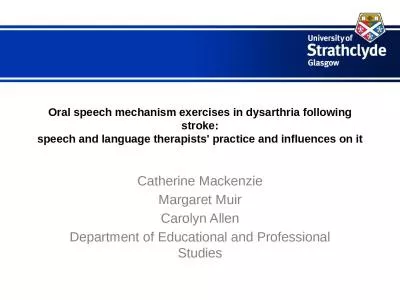PDF-Voice Therapy Exercises
Author : fiona | Published Date : 2022-09-06
Voice andor speech therapy is one of the management options for people with spasmodic dysphonia It can be used alone or in conjunction with treatments such as botulinum
Presentation Embed Code
Download Presentation
Download Presentation The PPT/PDF document "Voice Therapy Exercises" is the property of its rightful owner. Permission is granted to download and print the materials on this website for personal, non-commercial use only, and to display it on your personal computer provided you do not modify the materials and that you retain all copyright notices contained in the materials. By downloading content from our website, you accept the terms of this agreement.
Voice Therapy Exercises: Transcript
Download Rules Of Document
"Voice Therapy Exercises"The content belongs to its owner. You may download and print it for personal use, without modification, and keep all copyright notices. By downloading, you agree to these terms.
Related Documents

